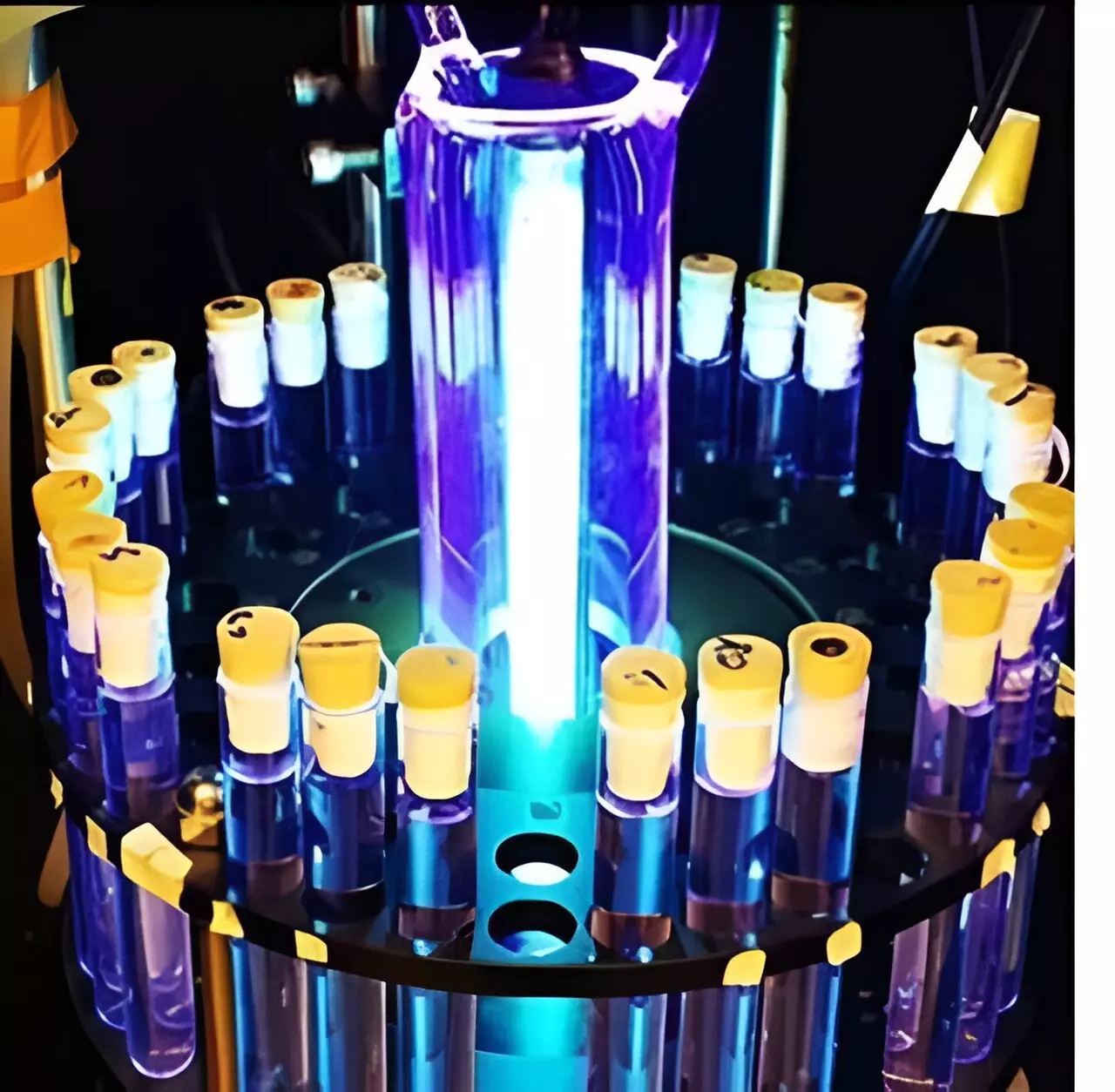In a groundbreaking discovery by UC Riverside scientists, a new process has been identified that could revolutionize the way water providers across the nation handle “forever chemicals” in drinking water. Forever chemicals, also known as PFAS (poly- and perfluoroalkyl substances), have been a significant concern due to their link to various health issues and their wide-spread use in everyday products. With new federal standards limiting PFAS concentrations in drinking water to 4 parts per trillion, the pressure is on for water providers to find effective cleanup solutions.
Led by Professor Haizhou Liu, a team of researchers at UC Riverside has uncovered a chemical process that utilizes high levels of salt typically found in wastewater from water treatment plants to break down PFAS compounds. This process effectively cleaves the stubborn fluorine-to-carbon bonds, making it easier to eliminate these harmful chemicals from water sources. Traditionally, salt in wastewater has been seen as an impediment to chemical pollutant cleanup, but this new discovery offers a novel approach to tackling PFAS pollution.
The research findings, detailed in the journal Environmental Science & Technology, highlight the efficacy of the process in destroying PFAS compounds through the use of short-wavelength ultraviolet light. Unlike traditional UV light used for water disinfection, the short-wavelength UV light utilized in this process does not get quenched by undesirable chemicals in the wastewater, making it highly efficient in destroying both long-chain and short-chain PFAS compounds. This method does not require additional chemicals and does not leave behind toxic residuals, making it a safe and sustainable solution for PFAS cleanup.
This breakthrough discovery is expected to have far-reaching implications for both municipal and privately owned water providers. Those using or planning to use ion exchange technology to remove PFAS compounds from drinking water supplies can benefit from this new process for treating brine waste containing PFAS pollutants. By utilizing the catalytic properties of salt in wastewater, water providers can effectively and efficiently destroy PFAS pollutants, ensuring cleaner and safer drinking water for the community.
The utility of this new process extends beyond ion exchange treatment plants. Brine wastewater containing toxic PFAS is also produced by water treatment technologies using membrane reverse osmosis filtration, landfill leachate wastewater, salty industrial wastewater, and brackish groundwater impacted by PFAS pollution can all be cleansed using this innovative method. The versatility and effectiveness of this process make it a valuable tool in addressing PFAS contamination in various water sources.
The breakthrough discovery by Haizhou Liu and his team at UC Riverside offers a promising solution to the challenges posed by PFAS pollution in drinking water. With the potential to revolutionize PFAS cleanup technology, this new process has the capacity to significantly improve water quality and public health across the nation. As water providers navigate the new federal standards on PFAS concentrations, this innovative approach provides a ray of hope in ensuring clean and safe drinking water for all.


Leave a Reply